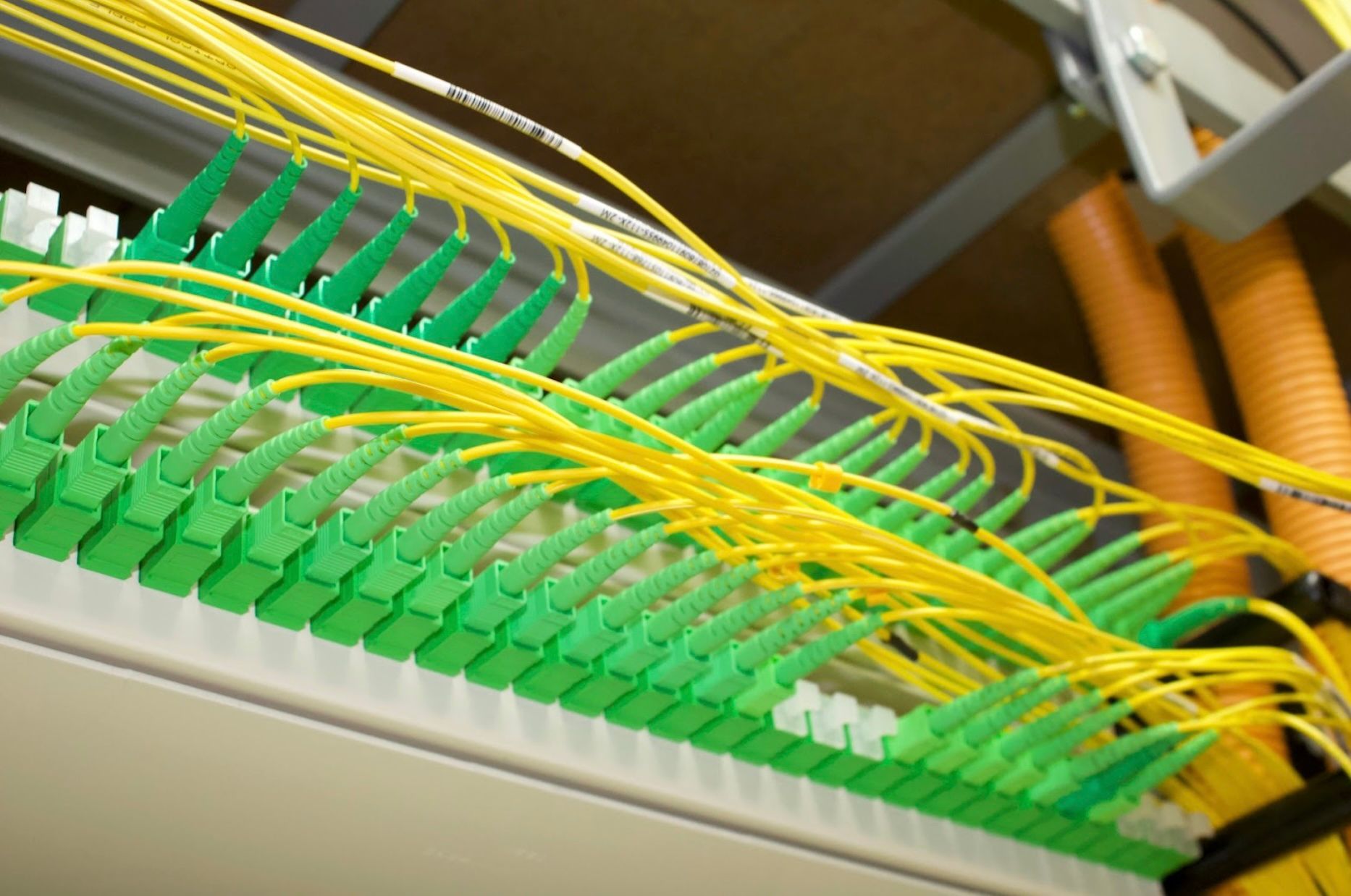DAS Cables for Strong Cellular Coverage in Buildings

Strong cellular coverage inside commercial and industrial buildings used to be just a modern convenience. In today’s connected world, tenants, employees, visitors, and building systems always depend on around-the-clock cellular communication. However, achieving reliable service throughout large structures often presents significant challenges. Thick concrete walls, steel framing, and sprawling floor plans aren't built for modern communication. They can block or degrade wireless signals, leading to frustrating dead zones.
We understand how important Distributed Antenna System (DAS) cables are in overcoming these barriers. DAS infrastructure is vital in bringing strong cellular signals into buildings where standard wireless networks often fall short. In this blog, we’ll look at how DAS cables support strong cellular coverage in commercial environments of all sizes.
What Is a DAS Cable and How Does It Support Coverage?
DAS cables form the backbone of in-building wireless infrastructure. In simple terms, Distributed Antenna Systems relay cellular signals from a central source, such as a base station or repeater, to multiple antennas installed throughout the building. DAS cables connect this head-end equipment to each antenna, transmitting the signal with minimal loss. This enables quality in-building cellular support where external signals would otherwise struggle to reach.
With high-quality DAS cables, cellular DAS solutions deliver strong, reliable signals to areas like basements, stairwells, interior offices, conference centers, and multi-level structures. The performance of these cables is just as important as the antennas or boosters used. Maintaining reliable cellular coverage in complex environments becomes more difficult without the right cabling.
Challenges in Maintaining In-Building Signal Strength
Modern commercial construction creates many obstacles for wireless signals. Materials such as reinforced concrete and metal framing absorb or reflect cellular waves. Sub-grade levels and interior mechanical spaces have no line of sight to outdoor towers, making them notorious for poor reception. In addition, interference from other building systems (HVAC motors, electrical wiring, or large machinery) can degrade signal quality.
That’s why reliable DAS cable coverage is so important. These cables must carry signals cleanly across extensive building infrastructure while resisting external interference. In large spaces such as airports, convention centers, or industrial campuses, the right DAS cables help distribute signals evenly, reducing dead zones and delivering a consistent user experience.
Key Performance Attributes of High-Quality DAS Cables
Not all building network cables can handle the demands of DAS applications. We always recommend working with cables specifically designed for cellular DAS solutions. These products typically feature key attributes that help preserve signal strength and reliability.
- Low Signal Loss Over Distance - High-performance DAS cables minimize attenuation, helping signals travel farther without degrading. This is critical in large buildings with long cable runs between equipment and antennas.
- High Shielding Effectiveness - Proper shielding protects the signal from electromagnetic interference (EMI) generated by nearby electrical systems or equipment. This helps maintain signal clarity in busy environments.
- Consistent Impedance - Maintaining consistent impedance across the cable prevents reflections that can disrupt signal flow, especially in higher-frequency applications used by modern cellular networks.
- Fire-Rated Jackets - DAS cables often need plenum- or riser-rated jackets to meet safety and building code requirements. These jackets allow safe routing through air handling spaces and vertical shafts.
- Durability - Routing DAS cables through tight conduits or crowded infrastructure requires rugged construction. An abrasion-resistant jacket helps prevent installation damage and promotes long service life.
Commercial and Industrial Environments That Benefit from DAS Cabling
Strong in-building cellular coverage supports many types of commercial and industrial properties. We work with a broad range of customers across sectors that depend on DAS cabling to maintain reliable coverage.
- Corporate Campuses and Office Towers - Modern offices demand seamless voice and data connectivity. DAS cables help distribute strong signals into conference rooms, stairwells, and interior offices where reception is often weak.
- Stadiums, Convention Centers, and Airports - High-capacity public venues require continuous cellular access for thousands of users. DAS cables support these environments by maintaining connectivity across sprawling, multi-use spaces.
- Healthcare Facilities and University Buildings - Reliable cellular service supports staff communication, emergency response, and connected technologies in hospitals and educational institutions. DAS cables help maintain dependable coverage in these critical environments.
- Manufacturing or Logistics Centers - These facilities often feature thick walls, large open spaces, and interference from heavy equipment. DAS cables help maintain consistent signal strength throughout such environments, keeping workers connected and operations running smoothly.
Our DAS Cable Solutions
We supply a range of DAS cable solutions engineered for the demanding needs of commercial and industrial projects. Our catalog includes:
- Shielded Coaxial DAS Cables - Designed to support cellular DAS solutions with low signal loss and high shielding effectiveness, these cables perform well in challenging environments.
- Plenum- and Riser-Rated Cables - Our DAS cables meet stringent commercial safety codes, making them suitable for routing in air handling spaces and vertical building shafts.
- Compatibility with Modern Networks - Our DAS cables work with today’s cellular technologies, supporting a broad range of frequencies and signal types. This versatility helps integrators design systems that meet coverage demands across many industries.
Our role is to provide system integrators, project planners, and contractors with the high-quality DAS cables they need to support reliable cellular coverage.
For more details, visit our DAS product page or contact us through our contact page.
Enhance In-Building Cellular Reliability with the Right Cables
Reliable DAS cables are vital to the success of any cellular DAS project. In-building cellular support depends on preserving signal strength, limiting interference, and delivering seamless connectivity throughout complex commercial environments. The right cables make this possible, helping to reduce dead zones and improve user experience.
We know how much impact DAS cables can have on overall system performance. If you’re planning an infrastructure project that requires dependable cellular DAS solutions, we’re here to help. By supplying the right cables, we help our customers build systems that deliver strong, reliable cellular coverage, no matter how challenging the building environment.